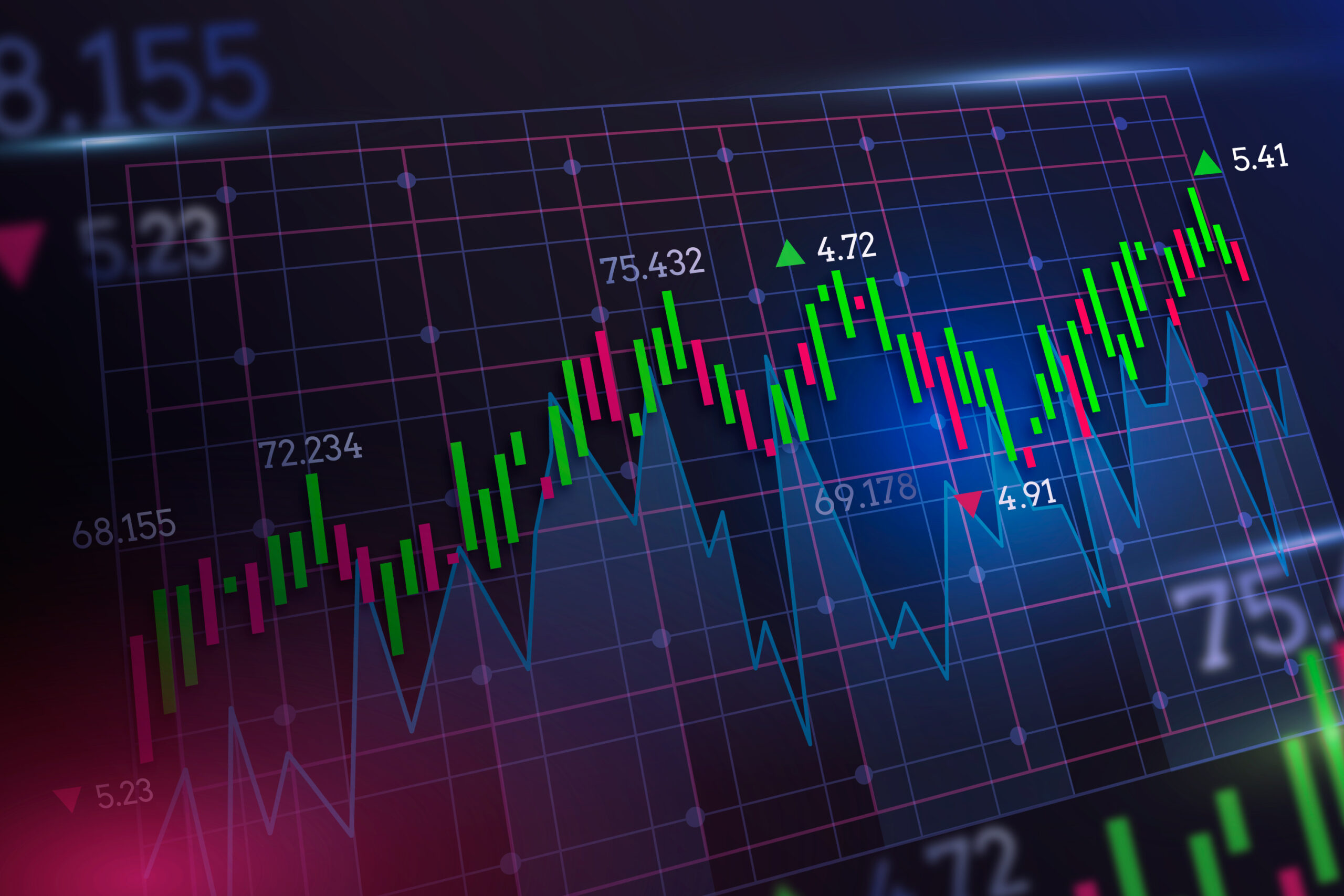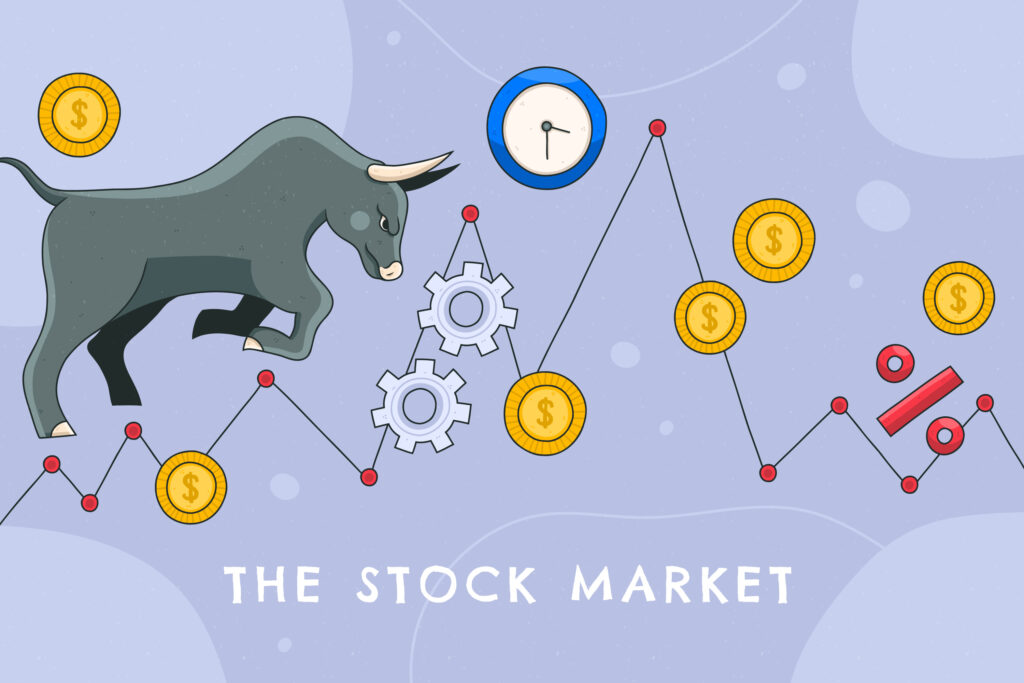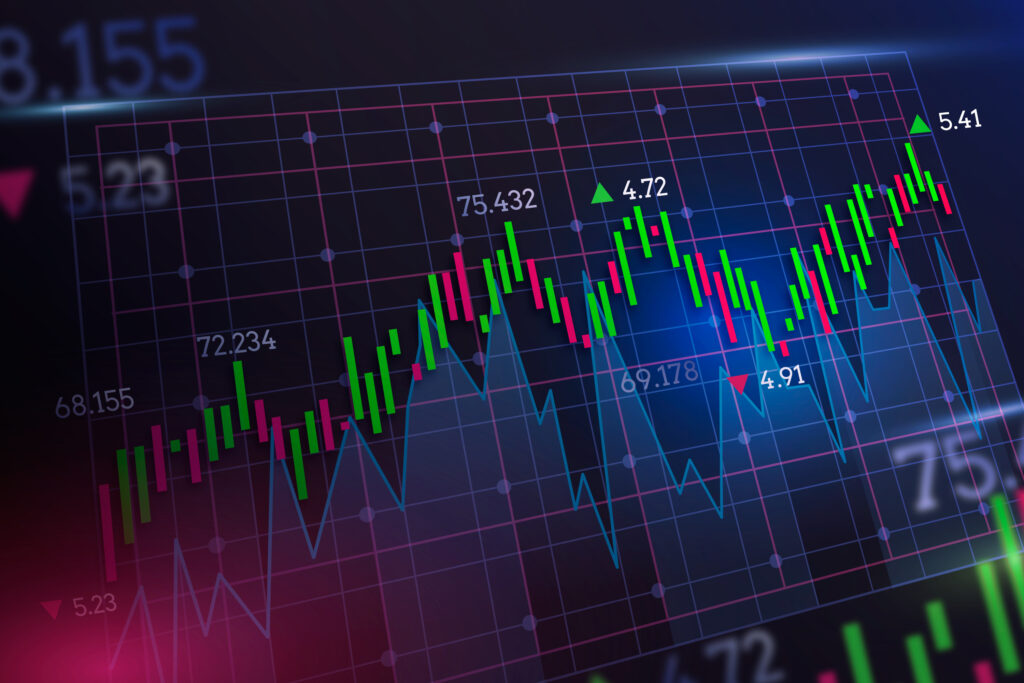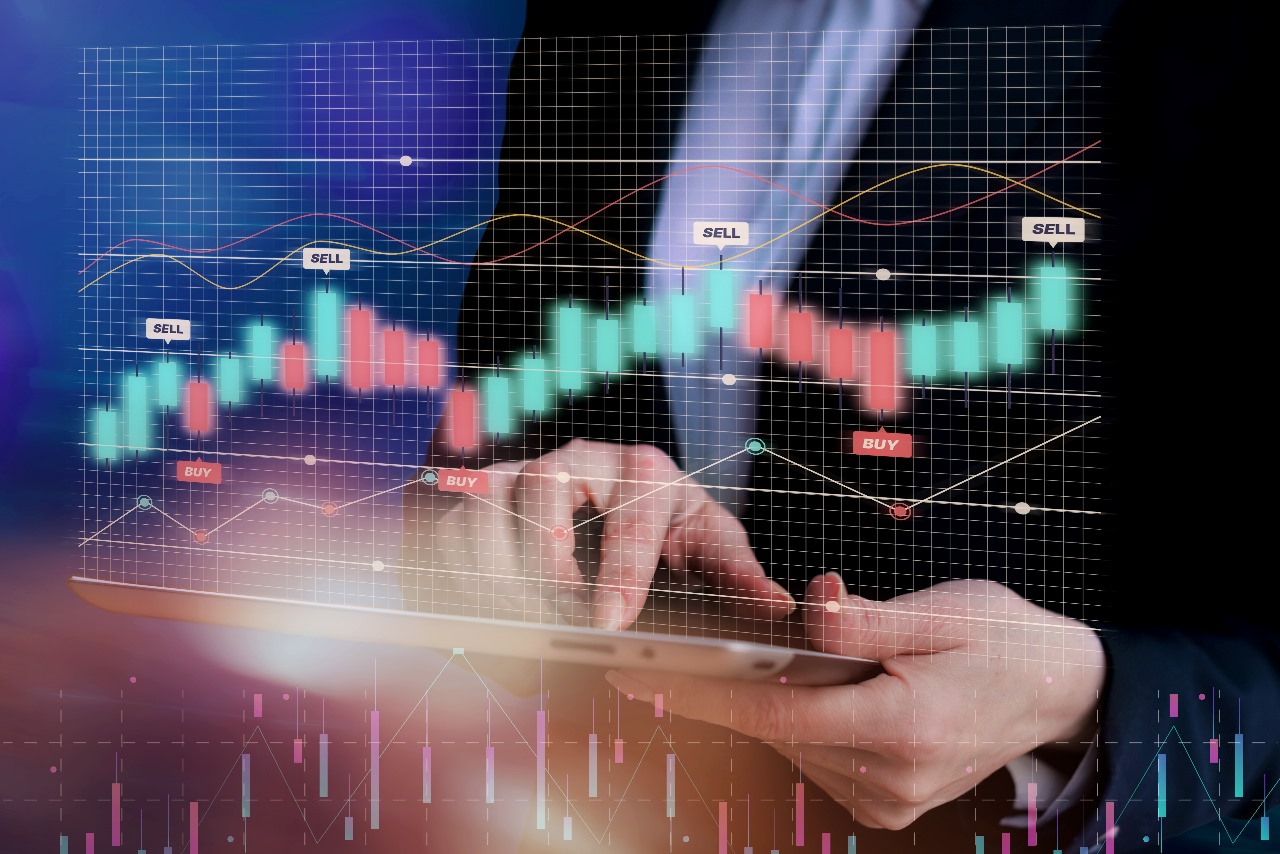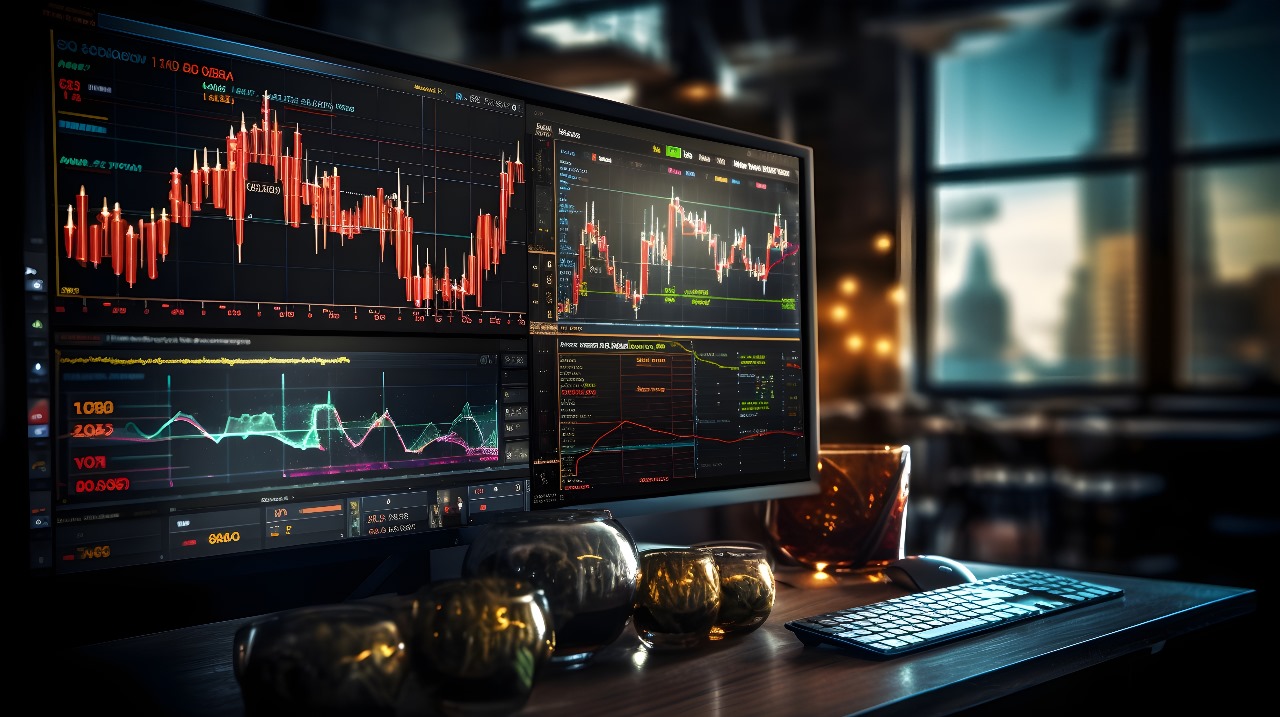Intraday vs. Delivery Trading: Understanding the Differences
In the world of stock market trading, two primary methods are commonly employed: intraday trading and delivery trading. These approaches differ significantly in terms of the trading style, purpose, and duration of holding assets. the primary difference between intraday trading and delivery trading lies in the time frame and purpose. Intraday trading involves short-term speculation for quick gains, while delivery trading focuses on long-term investment for potential appreciation. Each approach has its advantages and disadvantages, and the choice between them depends on an individual’s risk tolerance, trading goals, and investment horizon.
Intraday trading is a high-speed game for the nimble and focused. Traders become stock market surfers, riding short-term price waves within a single trading day. Using technical analysis charts as their roadmap, they identify opportunities and capitalize on small price changes through multiple trades. Leverage can amplify gains (and losses!), but success hinges on quick decisions, ironclad discipline, risk management, and a deep understanding of the ever-shifting market currents.
Delivery trading takes a long view, unlike its day-trading counterpart. Here, investors buy assets like stocks and bonds, becoming the proud owners (not just temporary holders). They meticulously research companies, focusing on long-term potential rather than fleeting price changes. With these assets nestled in their accounts for months or even years, the goal is to watch their value climb, bringing capital gains and potentially a stream of dividend income. Patience and a strategic mind are key, as delivery traders often diversify their holdings and use risk management techniques to navigate the market’s twists and turns.
1. Trading Style: intraday and delivery trading
Intraday Trading: Intraday trading, also known as day trading, involves buying and selling financial assets (stocks, commodities, currencies, etc.) within the same trading day. Traders aim to profit from short-term price movements, and they typically close all positions before the market closes.
Delivery Trading: Delivery trading, on the other hand, is a longer-term approach. When you engage in delivery trading, you purchase assets with the intent to hold them in your demat account for an extended period, often weeks, months, or even years. The goal is to benefit from the long-term growth potential of the assets.
2. Holding Period: intraday and delivery trading
Intraday Trading: Intraday traders do not hold positions overnight. They enter and exit trades within the same trading day to avoid overnight market risk.
Delivery Trading: Delivery traders hold positions beyond the trading day. They own the assets in their demat accounts, and the holding period can extend for as long as they wish to maintain the investment.
3. Profit Objective:
Intraday Trading: Intraday traders aim to profit from short-term price fluctuations. They are concerned with making quick profits from the intraday price movements of assets.
Delivery Trading: Delivery traders are more focused on the long-term appreciation of their investments. Their objective is to benefit from the potential growth of the asset’s value over time.
4. Risk Profile:
Intraday Trading: Intraday trading can be riskier due to the rapid pace and short-term nature of the trades. Traders face the risk of market volatility and sudden price swings during the trading day.
Delivery Trading: Delivery trading is generally considered less risky as it allows investors to ride out short-term market fluctuations and take advantage of the asset’s potential to appreciate over the long term.
5. Brokerage and Taxes:
Intraday Trading: Intraday traders may incur higher brokerage fees due to the frequency of trades. Taxation for intraday trades may also differ, with some countries offering tax benefits for longer-term investments.
Delivery Trading: Delivery trading typically incurs lower brokerage fees since the frequency of trading is lower. Taxation for delivery trading is often based on capital gains, and favourable tax rates may apply for long-term holdings.
6. Research and Analysis:
Intraday Trading: Intraday traders rely heavily on technical analysis, charts, and short-term indicators to make quick trading decisions.
Delivery Trading: Delivery traders often incorporate fundamental analysis, financial statements, and economic factors into their decision-making process, as they are looking at the asset’s long-term growth potential.
IF WE WANT TO LEARN MORE ABOUT MARKET, PLEASE VISIT US …..
complete guide to the stock market Besic term of stock market How share market (stock market) works? Stock Market: A Beginner’s Guide to Understanding the Basics how-to-get-started-in-crypto-currency-trading how-to-manage-risk-in-stock-market… how to read charts and indicators how to develop a trading strategy how to choose the perfect trading broker Trading Strategies for Stocks, Forex, and Cryptocurrency HOW TO TRADE IN A BULLISH, BEARISH & VOLATILE MARKET HOW TO TRADE IN STOCKS: ULTIMATE GUIDE STOCKS TRADING







